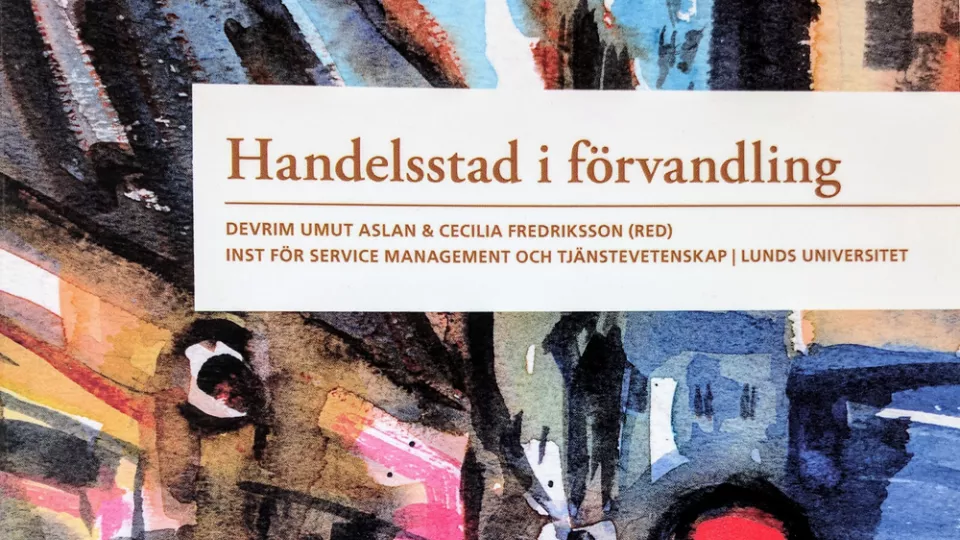This book is based on the changing relationship between retail and cities. In recent decades, retail has changed in several fundamental ways. Traditional stores are in a transformation phase and are now competing with new and alternative forms of retail. Much indicates that the physical brick-and-mortar retail will shrink in favor of the digital. At the same time, increasingly informed consumers make higher demands on product range, staff expertise, available service, accessibility, and they require detailed information about origin and environmental impact of the products and services. In parallel with this development, we continue to witness expansion of retail establishments towards urban fringes.
Retail has been a substantial part of city life and its conviviality, which triggers questions regarding what would happen to urban life if retail is taken away. What dynamics are behind this restructuring? What does these developments mean for the traditional store format? What opportunities and challenges can we uncover in the new forms of retail that are emerging?
Can you tell us a little about the project?
The book “Handelsstad i förvandling” (City Retail in Transformation) is the result of a research project “Handel Helsingborg” (Retail in Helsingborg) to which I was recruited as a municipal doctoral researcher for the City of Helsingborg. In a sense, writing chapters for the book, and being one of the two editors was a way of fulfilling my recruitment duties, which I am very glad to have accomplished. We have managed to cover a wide range of topics around retail in Helsingborg from different academic perspectives, employing multiple research methods, and have succeeded in making the end product accessible for the wider public.
What was the most surprising thing you experienced during this project?
As a novice researcher, it was both very surprising and educative to witness the extreme hard work that is involved in completing a book. It required massive effort and numerous meetings to assure that the book had a coherent and accessible language, a solid thematic structure and theoretical framework. Additionally, we aimed to write dense chapters which was also surprisingly difficult; to write in such a compact form.
Who are the targeted readers?
The book is thematically developed around local manifestations of three global retail trends, namely changes in geographical materializations of retail, radical shifts in contemporary consumer culture, and disruptive interference of digital technology. Since the book is fed by unique data from Helsingborg, academically it provides empirically powerful arguments around these themes. Therefore, although it is written in a popular scientific manner, the book can be assigned as student literature in our institution’s bachelor programmes, but also at other relevant studies in Sweden.
In addition, hopefully, the knowledge created throughout the book will help the City of Helsingborg to develop more sustainable retail and city-development strategies in the future. There are also a lot of material in the book which would help retailers and real estate owners in managing their enterprises. Since the beginning of the research project we have had close contact with the municipality and the private retail actors in Helsingborg, whom financed the project, therefore it was important for us that the book would contain an applied dimension as well.
What happens now?
All the researchers who co-operated in the book have later become part of a new research project called ”Retail Destination” at the Center for Retail Research, Lund University. In this new project we study the interactive and transformative relation of retail and the notion of place. Some of the empirical data is derived from Helsingborg, but not limited to it; this project has more of a national character. Within the frame of the research project I am going to publish my dissertation on shopping activities in a local high street in Helsingborg.
Besides that, I am working on writing a journal article that discusses the historical retail evolution of the same high street I study for my dissertation work.




